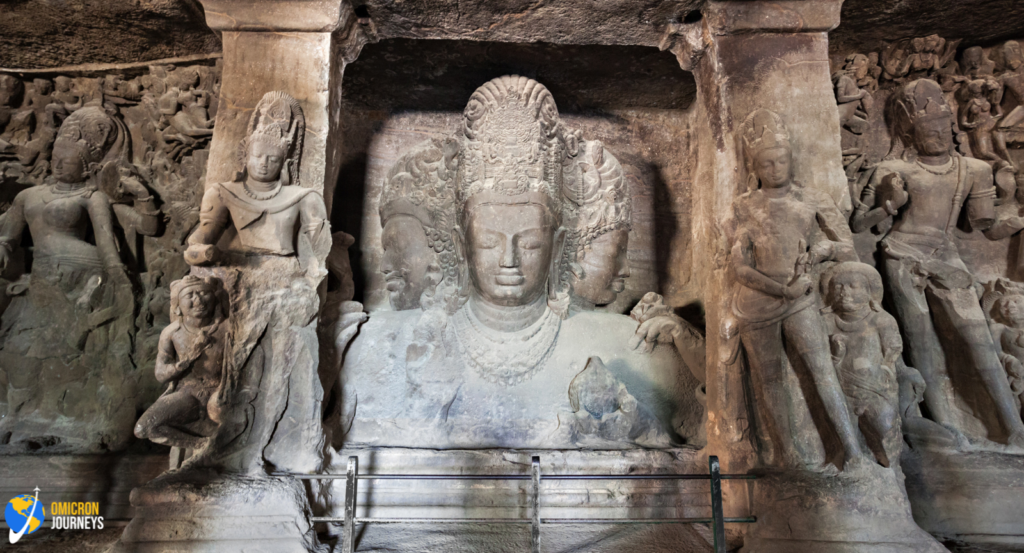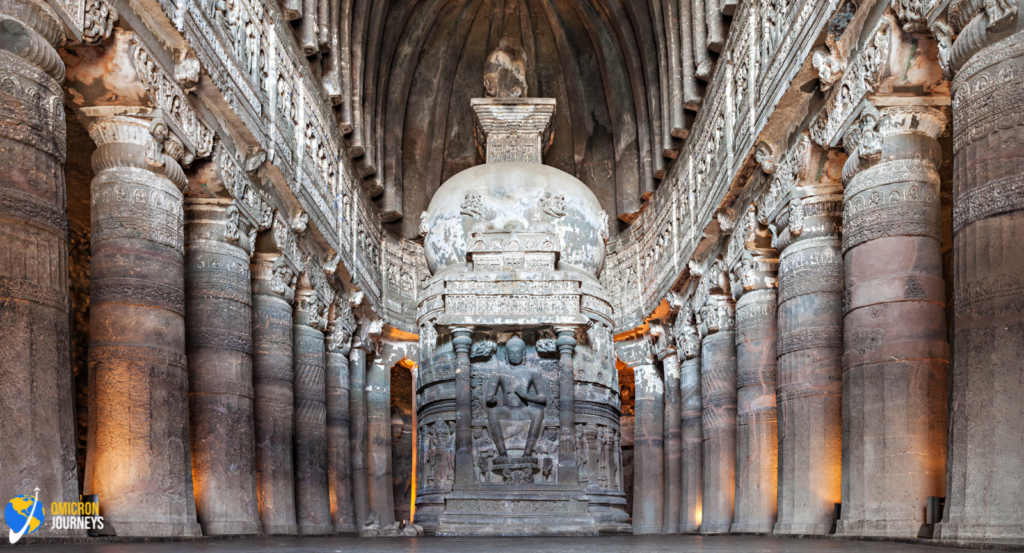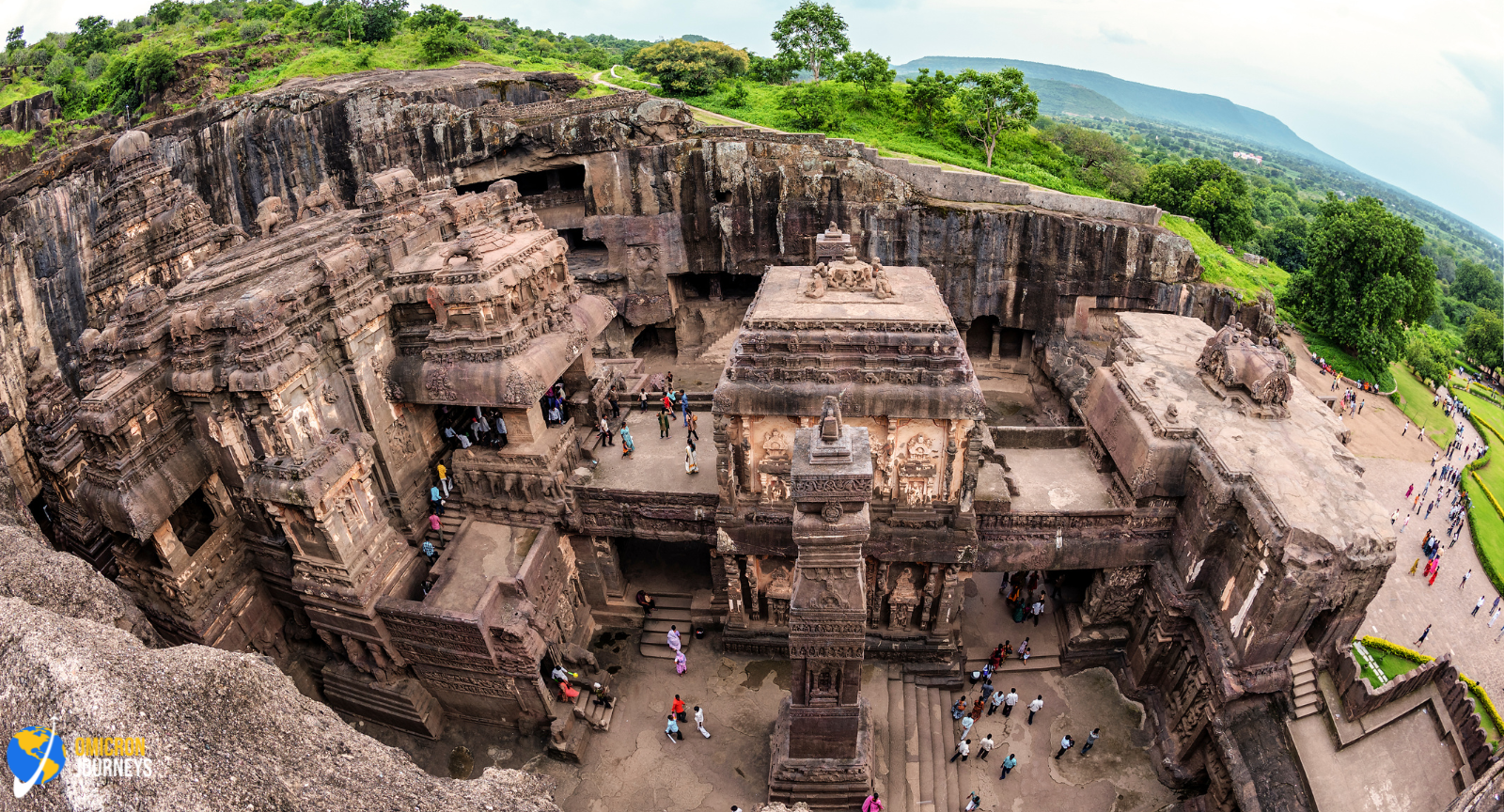Discover the Timeless Splendor Of Ellora Caves
Hidden in the heart of Maharashtra, the Ellora Caves are a breathtaking testament to India’s rich cultural and architectural legacy. A UNESCO World Heritage Site, these awe-inspiring caves draw history buffs, spiritual seekers, and art lovers from around the world. With 34 stunning rock-cut caves showcasing Hindu, Buddhist, and Jain artistry, Ellora stands as one of the most diverse and magnificent heritage sites in India.
A Journey Through Time Carved between the 6th and 10th centuries AD, the Ellora Caves were shaped by the artistic brilliance of the Rashtrakuta and Yadava dynasties. Unlike other ancient structures built brick by brick, these monumental caves were sculpted directly from the rock face, reflecting the extraordinary craftsmanship of Indian artisans. The co-existence of Hindu, Buddhist, and Jain caves within a single complex embodies the spirit of religious harmony that defined ancient India.
Best Time to Visit The ideal time to explore the Ellora Caves is between October and March, when the weather is pleasant, ensuring a comfortable visit. Monsoons (June to September) offer a unique experience, with lush greenery enhancing the caves’ beauty, though the rocky terrain can become slippery.
Architectural Marvels of Ellora
The caves are categorized into three distinct groups based on their religious affiliations:
1. Hindu Caves (Caves 13-29): The crowning jewel is the Kailasa Temple (Cave 16), the world’s largest monolithic rock excavation. Dedicated to Lord Shiva, this architectural wonder features intricate mythological depictions and sculptures that leave visitors spellbound.
2. Buddhist Caves (Caves 1-12): Primarily serving as monasteries, these caves feature large halls, prayer chambers, and stupas. Cave 10, known as the Vishwakarma Cave or the “Carpenter’s Cave,” stands out with its cathedral-like design and a grand seated Buddha statue.
3. Jain Caves (Caves 30-34): Though smaller in scale, these caves captivate visitors with their exquisite carvings and intricate iconography, reflecting the austere and disciplined essence of Jain philosophy



How to Reach Ellora Caves
By Air: Aurangabad Airport (approximately 30 km away) connects to major Indian cities.
By Train: The nearest railhead is Aurangabad Railway Station.
By Road: Regular bus and taxi services operate from Aurangabad to Ellora, ensuring easy accessibility.
Entry Fee and Timings
Indian Visitors: INR 40 per person
Foreign Visitors: INR 600 per person
Children below 15 years: Free entry
Timings: Open from 6:00 AM to 6:00 PM (Closed on Tuesdays)

